Disclosure: Meeple Mountain received a free copy of this product in exchange for an honest, unbiased review. This review is not intended to be an endorsement.
I’m always going to take a hard look at games that feature dice worker placement, such as the 2019 release Crystal Palace. Designed by Carsten Lauber and published by Capstone Games in the US (Ark Nova, Iberian Gauge, Juicy Fruits, Riftforce), Crystal Palace got me excited the moment I ripped off the shrink and read the rulebook.
Wait a minute; in addition to dice placement, you’re saying that Crystal Palace also features a tight economy where a couple wrong moves could lead to me taking loans? And a chance to have a couple of turns each game where I get to move a piece here, to get a bonus there, that trigger other actions on my player board?
Crystal Palace is a heavy strategic game that falls short of some of the classics in the dice placement space, but it still does an excellent job of delivering tense gameplay while scaling well to its player count.

The World’s Fair
It’s 1849. Players are asked to represent one of 10 countries competing for the prize of the best invention at the World’s Fair of 1851 in London. Over 5 rounds, it’s a race to score the most points by collecting resources to hire luminaries of the time and build prototypes out of the patents that you’ll secure during the game.
Every round of Crystal Palace starts with an interesting mechanic: with your four starting dice, you’ll secretly select the value of each of the dice in your pool. You start the game with 40 British pounds, but each die costs the value of its pips; select dice with values 4, 3, 2, and 1, and you’ll have to spend 10 pounds.
And cash only gets tighter from there.
The player who spent the most on their dice that round will go first. Then that player will lead off, with a simple goal: place a die at one of 8 locations. To make matters more interesting, each location has just enough spaces to NOT have room for all players to do what they want.
Action spaces are tight in Crystal Palace. Not super tight—you’ll find yourself usually able to do something with each die without having to pay a penalty—but tight enough, for sure.
The tension each round to find places for each die is brilliant, and it gets better: placement spots have to meet the minimum number of pips listed on the space. Want to block your “friend” John by putting a 4 on a space that could hold a 1, when John only has dice left showing a 1?
YESSSSSSSS
The actions vary. Some spots let you grab cards, such as patents which can later be turned into prototypes to score big points. Some spaces let you grab shares of stock that improve your income between rounds. Some are Research tiles which go onto your player board.
Did I mention that you start the game with -20 points, and you need those Research tiles to reduce your negative balance?
Ahh, my bad.
You can also place dice that allow for assistant actions at the Black Market, where you can gather additional resources as long as the cops don’t show up. (Bobbies, not “cops”? I see.)
You can even retire a die at one location to score points, or move along the Buzz track to generate interest in your country’s work during the Fair. The Buzz track will grant one-time bonuses and chances to score more points, cash or Buzz during the income step.
After all dice are placed, actions are completed at each of the 8 location boards. After paying for your celebrity incomes and any prototypes that you’ve built, income is collected and the board is reset. Five rounds later, a victor emerges.
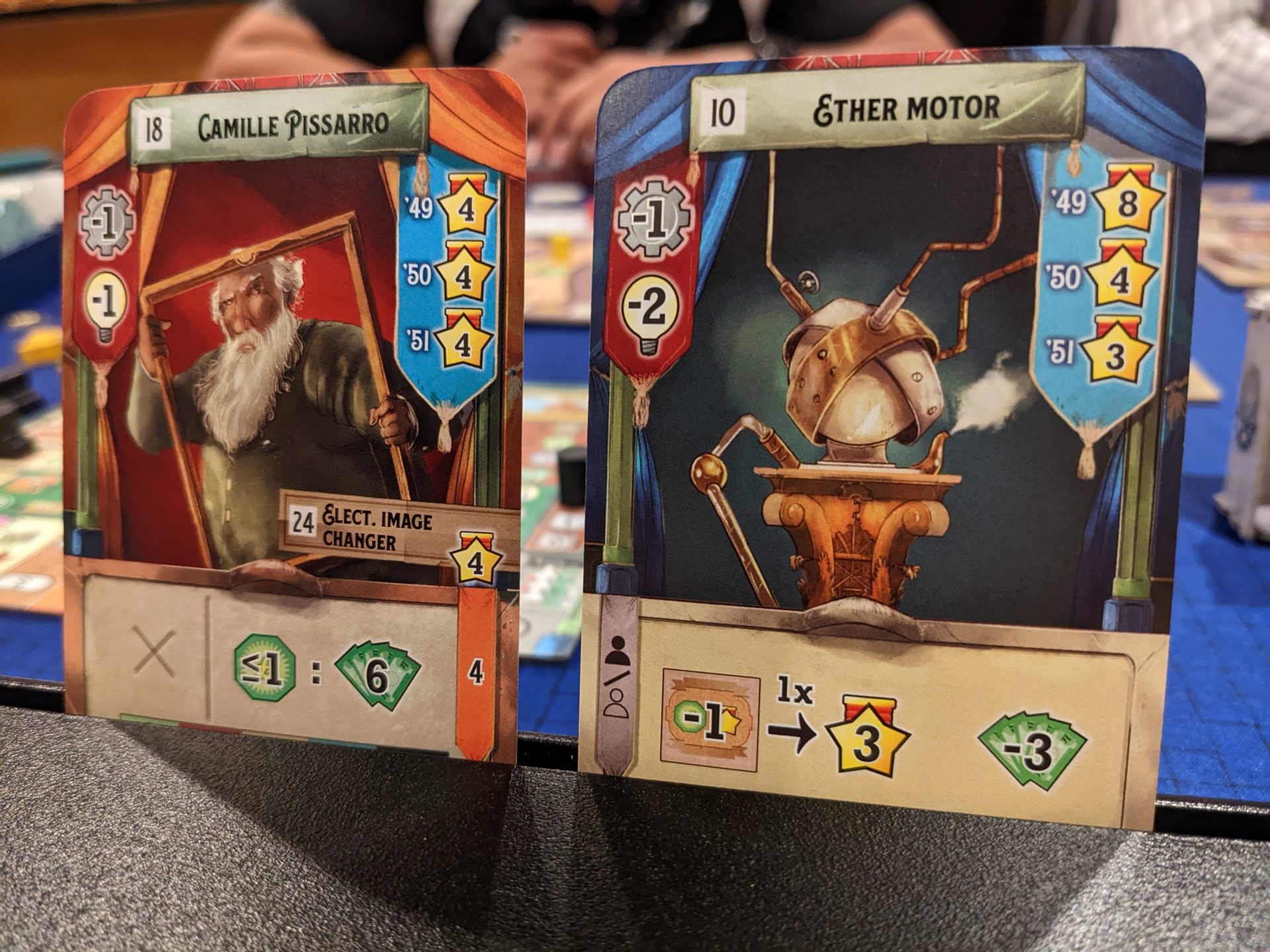
The Modular Board
I wish the board for Crystal Palace was simpler, but here we are. Such is life in the complicated mess that is Heavy Eurogame Territory.
The board is actually 10 different physical boards: an administration board that tracks scores and Buzz; a Black Market board; 8 location boards. It’s not a table hog because some of those location boards are simply tiles, small enough to hold the very limited number of dice and other components which live there.
What I love most about the board is how it scales from 2-5 players with real differences in some of the action areas. In general, there are 1-2 less spaces than there should be to make things comfortable. This makes Crystal Palace an occasionally cutthroat affair, which worked well for me and the people in my playgroups.
This also means that it may be best to steer clear of Crystal Palace if you’re not as comfortable with tight competition.
The nature of these action spaces means that analysis paralysis is going to creep in early and often in this game, particularly at higher player counts. At 3 players, Crystal Palace is excellent. At 5 players, that’s a big question that will depend heavily on your group. That, mixed with how tough it can be to figure out how to spend on your dice in the first couple of rounds, will slow the game considerably.
The variability in the box is excellent. There are five double-sided player boards, for a total of 10 different objective tracks available. There are four double-sided Publisher tiles used to offer players ways to boost Buzz quickly each round. All of the cards are unique. The Research tiles are drawn randomly and feature a mix of one-time bonuses, and the administration (main) board setup has five tiles which are randomized each game from a pool of 11.
And each game will look different as players secretly bid their dice for spots.

It’s Not All Roses…
My main issue with Crystal Palace in my plays so far has been card draw. Players can earn bonuses if they build a prototype and a matching character card, so it will occasionally feel lucky that someone was able to pair them off. The main source of points in my plays has come from these two decks of cards, so that might not land well for your no-luck-in-games friend sitting nearby.
The theme of Crystal Palace never quite landed for me. I was hoping to feel like I was hiring luminaries of the time to build cool items and bathe in the light of innovation. Instead, I was always in the hunt for resources (in this game’s case, light bulbs). I rarely stopped to read the strong flavor text on the back of each card.
Money doesn’t feel overly tight—you could go through an entire game of Crystal Palace and use crazy-low dice values to save money—but when you draw loan tiles at random and get hosed on their random negative point value, that might not land well either if you can’t pay back the loans.
And although I think the game scales very well to its player count, I found that it could have made the number of dice placement spots even tighter by offering less spots at lower pip counts. There should be a required 6-pip die spot on every separate location. How would that change bidding if players knew there was a guaranteed 6 spot?
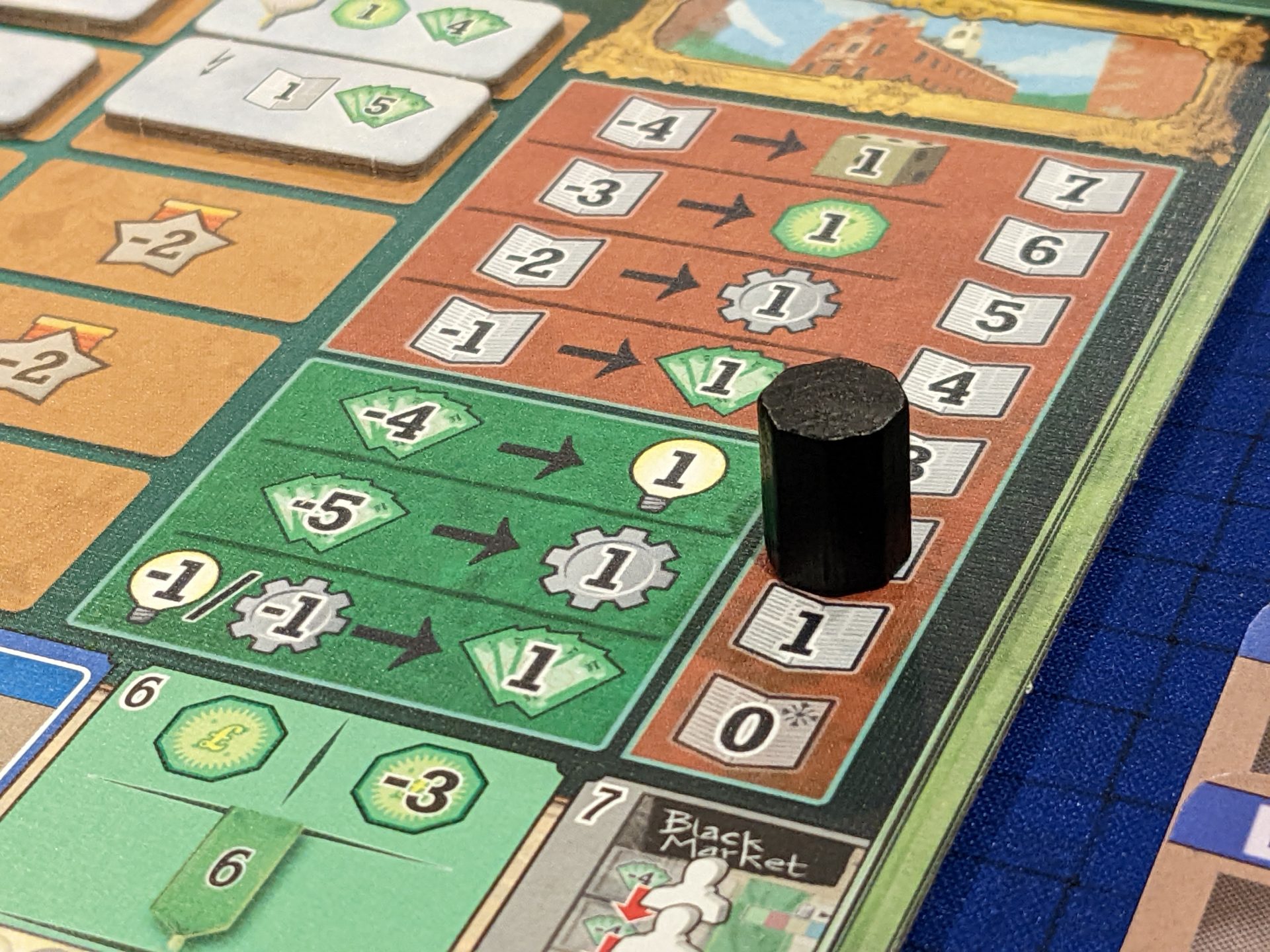
…But There Are Plenty of Roses for Me
Some of these complaints are a stretch. I love Crystal Palace and I haven’t even won a game yet. Each round of dice placement is a juicy affair, as you lay in hope that your neighbor doesn’t snatch the space you were holding that 2-pip die for. You will really struggle late as you figure out which cards to play and how to gather the right resources at just the right time.
And those choices can be quite satisfying.
Crystal Palace is big, but the way the boards are broken up, it’s almost better to have an unorthodox table arrangement because you will find ways to make the thing fit. The teach is easy for a mid-to-heavy weight game; my three-player games have taken about 75-90 minutes so far, so that leaves plenty of room for other games each night.
Crystal Palace flew under the radar when it was first released, but I’m glad to have given the game a shot. Give Capstone more of your money if you are in the market for a solid dice worker placement experience!


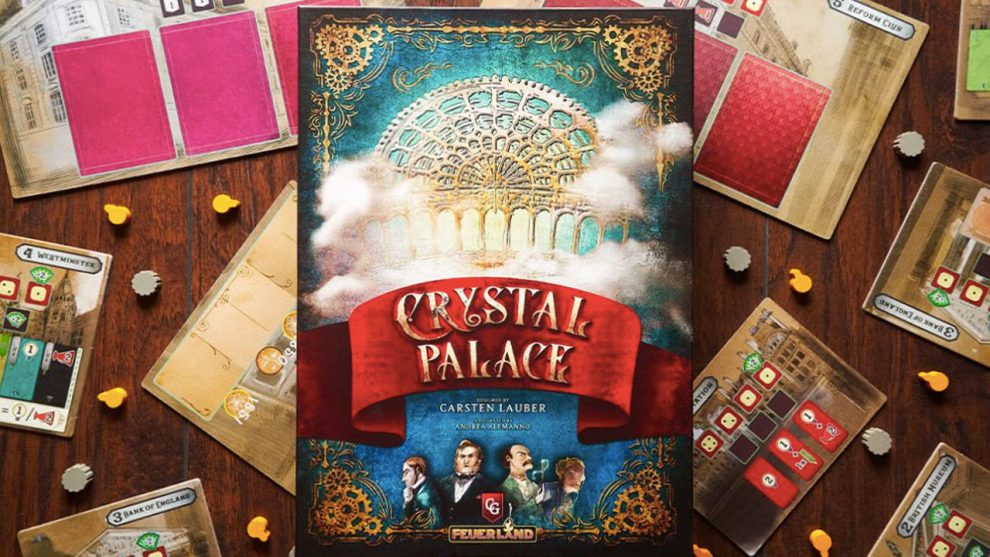
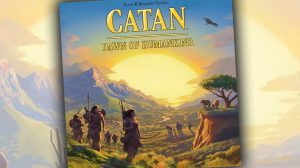

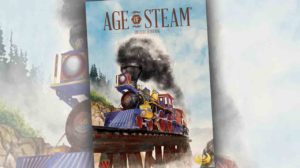





Great review! When you say “Crystal Palace is a heavy strategic game that falls short of some of the classics in the dice placement space”, can you list some of the classics you are thinking of, and maybe a one sentence description of why you prefer each one to Crystal Palace?
K, thanks for the note and fair question! Troyes is one of my favorites that uses dice placement; Castles of Burgundy is another. Covert is one of my personal favorites, although I find that I love that game more than others. And although it is newer to me–I only played for the first time in 2021–Marco Polo II is excellent as well. Everyone has a different definition of heavy, but those games are thinky enough for me. I went into BGG to use their weight scale; based on that, Origins: First Builders is probably the “heaviest” game I play regularly that uses this mechanic. (I’ve played Madeira a few times online as well, and I am surprised more people haven’t tried that one.)